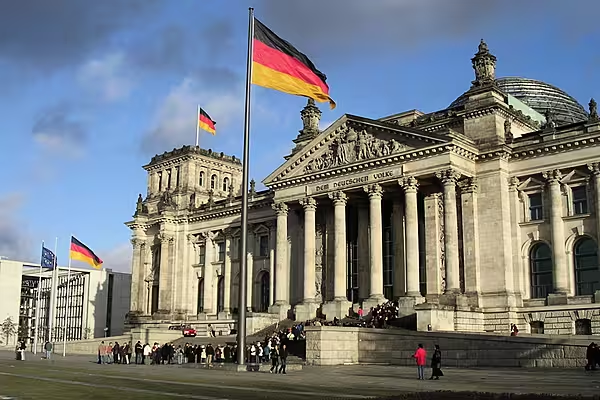German consumer prices unexpectedly halted their decline in May, offering some good news to policy makers struggling to revive price growth in the 19-nation euro area.
The inflation rate rose to zero, data from the Federal Statistics Office in Wiesbaden showed on Monday. That’s above the median estimate for a reading of minus 0.1 percent in a Bloomberg survey of economists, and compares with minus 0.3 percent in April. Prices increased 0.4 percent from the previous month.
The report from Germany, Europe’s largest economy, is the latest sign that the inflation outlook in the region is gradually improving as European Central Bank officials travel to Vienna this week for their monetary-policy meeting. They are expected to keep their stimulus plan unchanged after President Mario Draghi announced an expansion of quantitative easing by a third to 80 billion euros ($89 billion) in March and a cut the deposit rate further below zero.
Updated euro-area economic projections due on Thursday may provide some clues about the impact of the latest easing round. Vice President Vitor Constancio said last week that he’s optimistic the ECB will reach its inflation goal of just below 2 percent by 2018, reflecting the upgraded stimulus and rising oil prices. Inflation hasn’t been in line with the ECB’s definition of price stability since early 2013.
Before the German report, economists estimated that the euro-area’s inflation rate rose to minus 0.1 percent in May from minus 0.2 percent in April. Eurostat will release those figures on Tuesday.
In March, the ECB predicted inflation in the region will average just 0.1 percent this year, with the rate climbing to 1.6 percent by 2018.
News by Bloomberg, edited by ESM. To subscribe to ESM: The European Supermarket Magazine, click here.











